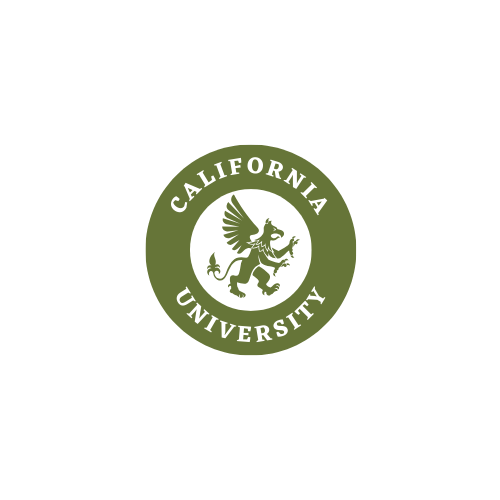In any workplace, the concept of ranking isn’t just confined to job titles or hierarchical structures. It encompasses a diverse range of elements that contribute to the office ecosystem. From the culture and communication styles to individual contributions and team dynamics, the layers of office ranking are multifaceted and constantly evolving.
1. Traditional Hierarchy: At first glance, the traditional hierarchy stands out as the most apparent form of 포항 op office ranking. It defines the organizational structure, outlining the chain of command and reporting lines. However, with the advent of flatter organizational structures and matrix-based organizations, this hierarchical ranking is no longer the sole determinant of influence or importance.
2. Influence and Networks: Beyond titles, influence often holds more weight. It’s about who has the ability to shape decisions, lead initiatives, and sway opinions. Networking skills and the ability to build meaningful connections across different departments can significantly impact one’s ranking within the office.
3. Expertise and Skill Set: Employees who possess specialized skills and expertise often hold a high rank within their domain. In today’s competitive landscape, proficiency in a specific field or possessing rare, sought-after skills can elevate an individual’s status irrespective of their position in the hierarchy.
4. Contribution and Impact: Contributions to projects, innovations, and problem-solving also play a pivotal role in determining one’s ranking. Employees who consistently deliver results, drive growth, or positively impact the company’s bottom line are often regarded highly regardless of their formal rank.
5. Communication and Collaboration: Effective communication and collaboration are indispensable in today’s workplaces. Those who can communicate clearly, collaborate seamlessly, and bridge gaps between teams often hold a higher standing. Being a team player and fostering a collaborative environment can significantly influence how one is perceived within the office.
6. Emotional Intelligence and Leadership Skills: Leadership qualities and emotional intelligence are increasingly valued in modern workplaces. Individuals who exhibit strong leadership skills, empathy, and the ability to inspire and motivate others tend to climb the ranks swiftly.
7. Adaptability and Learning Agility: In a rapidly changing work environment, adaptability and a willingness to continuously learn and evolve are highly prized. Employees who embrace change, learn new skills, and adapt quickly to new situations often earn recognition and higher ranking within the office.
8. Culture Fit and Values Alignment: An often overlooked aspect of office ranking is how well an individual aligns with the company’s culture and values. Employees who embody the organization’s ethos, contribute positively to the work environment, and uphold its values are regarded highly.
In conclusion, office ranking goes beyond the traditional hierarchical structure. It encompasses a multitude of factors, including influence, expertise, contributions, communication, leadership skills, adaptability, and cultural alignment. Understanding and navigating these nuances can help individuals and organizations foster an environment that values diverse contributions and encourages holistic growth, ultimately leading to a more dynamic and successful workplace.
